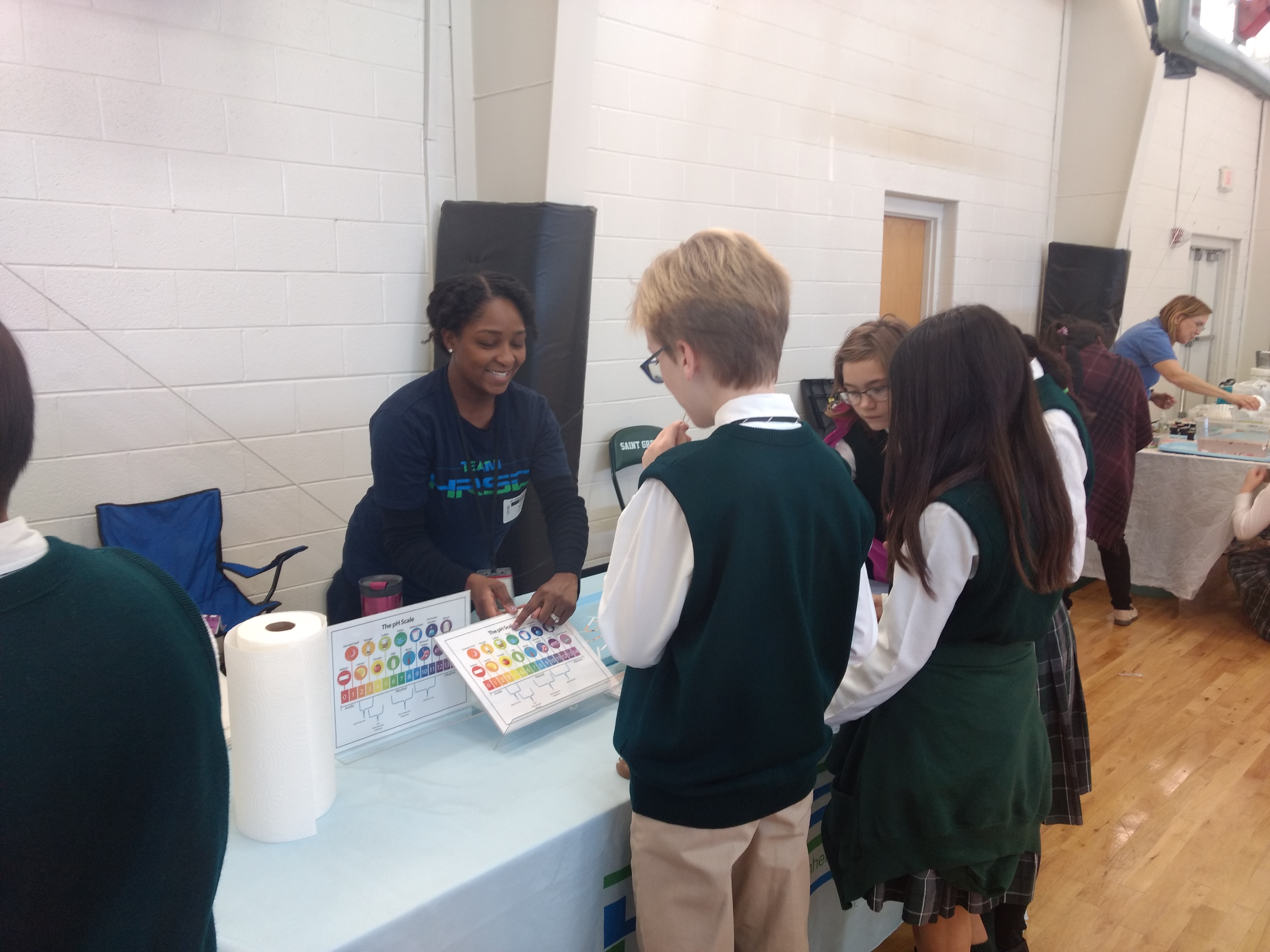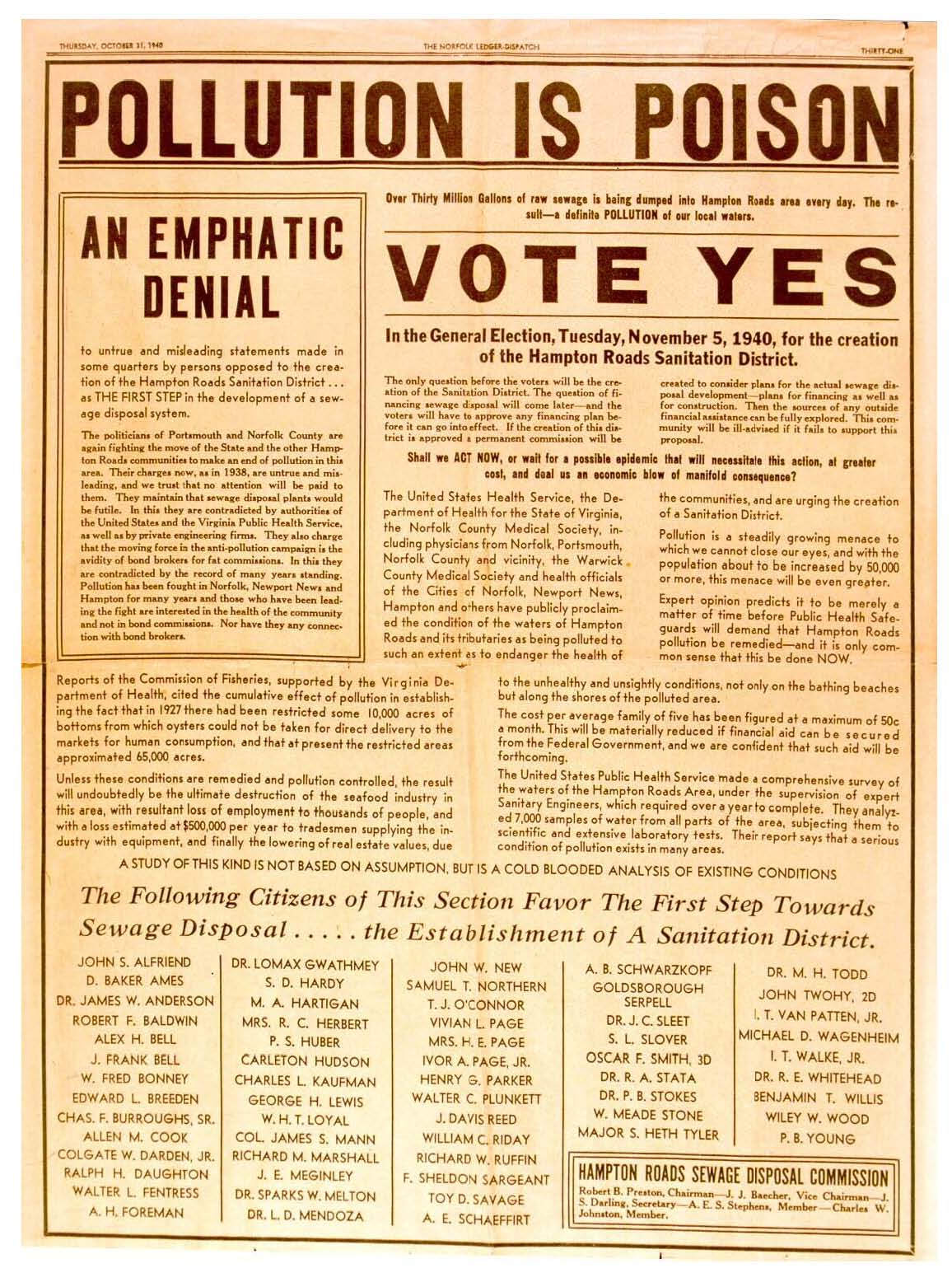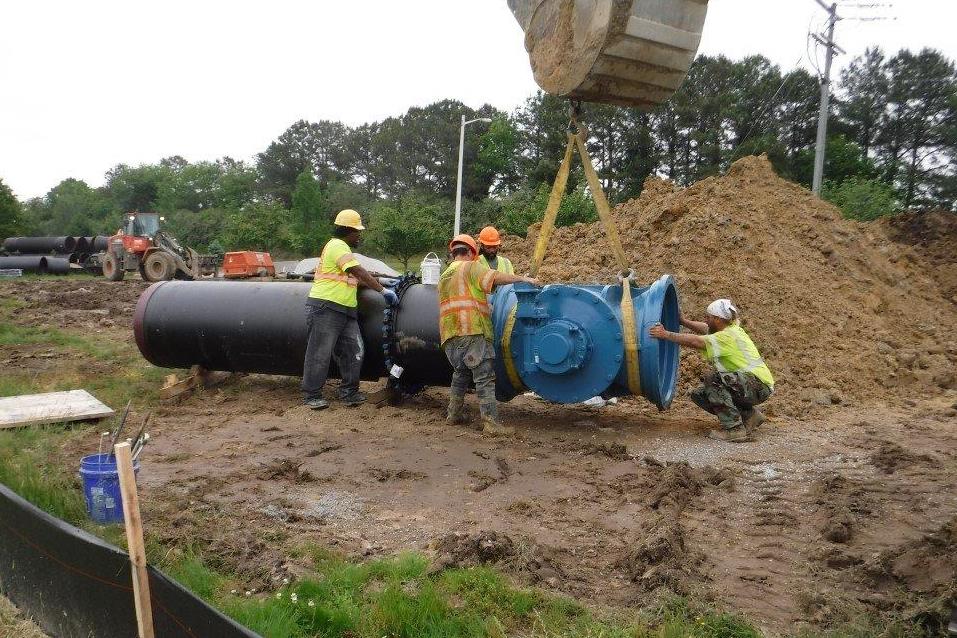Published on October 30, 2020
Wednesday, October 21, 2020 recognized Imagine A Day Without Water.
If you consider yourself a resident of the 757, you already know Hampton Roads is a water-rich region. This means that we can often take for granted our access to clean water. We never have to question where our water comes from or where it goes when it is dirty.

As the Environmental Education and Outreach Specialist for HRSD, I often find myself at schools talking to kids about water education. I always ask the students, “What happens to the water you flush down the toilet?”
The results are often hilarious and range from “It goes away” to “It goes to the sewer.” My favorite response of all times is from a five-year-old homeschooler. Her answer was “It’s like magic! It goes away and then comes back clean!”

I would venture to say the response of this five-year-old is the same as many others when it comes to our water infrastructure. It’s magic. The dirty water leaves, and the clean water reappears.
What would it look like if dirty water didn’t leave your home and reappear clean? What if we were to imagine a day without wastewater treatment? Without wastewater treatment, where would the dirty water flowing from sinks, showers, and dishwashers go?
As you can imagine, raw wastewater has a smell. Without wastewater treatment, that smell would travel along with pathogens, bacteria, dirt, human waste, and everything that goes down the drain.
It wouldn’t be long before that smell traveled to local neighborhoods, leaving an unpleasant odor in the air. The sewage would also pass to other communities through our connected waterways, eventually entering the Chesapeake Bay.
While the Chesapeake Bay can naturally filter a certain amount of pollutants, an influx of raw sewage would harm critical wildlife which depend on the Chesapeake Bay for survival.
Although this may be hard for us to imagine now, this is not too far from the reality many people in Hampton Roads faced before HRSD’s creation in 1940. Prior to our creation, raw sewage was being discharged without treatment, which led to increased pollution of the Chesapeake Bay.

Due to the pollution, the Virginia Department of Health condemned a large oyster-producing area in Hampton Roads. HRSD was created on November 5, 1940 to clean wastewater in order to maintain public health and the waters of Hampton Roads.
HRSD expanded from serving 288,000 residents in 1940 to 1.7 million residents today.

The water infrastructure we often don’t notice is critical to our public health. Imagine what your day would look like without water! The next time you flush your toilet, remember the dirty water that disappears and the clean water that reappears is no magic trick!